Yosemite National Park Will No Longer Let Visitors Do This
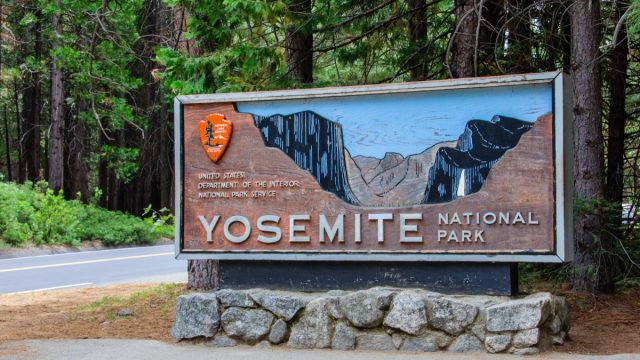
Travel junkies and those with a love of nature flock to the country’s national parks, which offer breathtaking views, different outdoor activities, and the coolest places to camp. And if you have any semblance of wanderlust, Yosemite National Park should definitely be a future travel destination. This park spans almost 1,200 miles, according to Yosemite’s official website, and was first protected by the National Park Service (NPS) in 1864. You can plan to adventure on hiking trails or just be one with nature amid towering sequoia trees and deep valleys. But if you’re gearing up for a trip to Yosemite anytime soon, you’ll want to be aware of a new policy the park has put in place. Read on to find out what officials say visitors can no longer do.
READ THIS NEXT: Yellowstone National Park Will No Longer Let Visitors Do This.
Yosemite National Park officials have been issuing updates about a major fire.
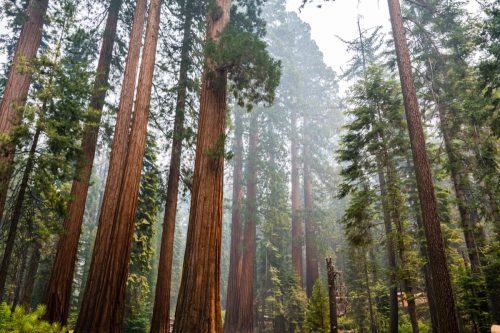
As with most national parks, policies are regularly updated to protect travelers, as well as the wildlife within the park itself. Earlier this month, Yosemite National Park announced that a wildfire, dubbed the Washburn Fire, had spread to over 2,000 acres in Mariposa Grove, threatening its giant sequoias. “Hazardous” conditions led to closures of the park’s South Entrance, as well as Wawona Road (Highway 41), and a mandatory evacuation order was issued for visitors in the Wawona area, which is in the southern portion of the park.
Mariposa Grove remains closed, but Wawona residents and property owners just began returning to their homes on July 17, KCRA 3 reported. The Washburn fire is currently 50 percent contained, according to an incident update, but the cause remains under investigation. And now, park officials have put more preventative measures in place.
Take note of this if you’re planning to camp at Yosemite.
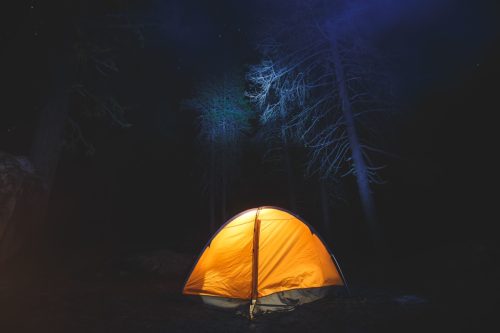
On July 15, the NPS announced that Yosemite visitors are no longer allowed to have campfires in certain areas, with different restrictions below 8,000 feet of elevation. Smoking is also restricted across the entirety of the park. Both policies were put in place to prevent the start of new wildfires, going into effect on July 16.
According to the park’s fire restrictions page, these policies are determined depending on conditions at Crane Flat Campground. Restrictions go into effect below 8,000 feet when the energy release component (ERC)—or the index related to how hot a fire may burn depending on current conditions—exceeds the 97th percentile for three days in a row. Restrictions go into effect below 6,000 feet when the ERC exceeds the 73rd percentile for the same time period.
Park-wide restrictions, like the one in place for smoking, go into effect when air quality “is unhealthy or worse and is expected to remain at or above that level for the next 48 hours” at Wawona, Tuolumne Meadows, or Yosemite Valley, the page says.
Here’s exactly what you can and can’t do.
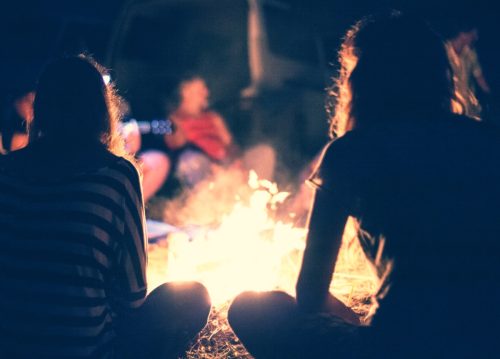
According to the fire restrictions page, the current policy means that visitors cannot use wood and charcoal fires, or twig stoves below the 8,000 feet mark. However, there are some exceptions in open designated frontcountry campgrounds (where you drive to the campground), designated picnic areas that allow these fires, residential areas where only charcoal fires are allowed (excluding El Portal and Foresta), and in designated wilderness areas “in existing fire rings above 8,000 feet,” but below 9,600 feet.
The smoking restriction is in effect park-wide below 8,000 feet, but again, there are some exceptions. Visitors can still smoke within an enclosed vehicle, at designated campgrounds and picnic areas where wood and charcoal fires are permitted, in designated smoking areas, and when stopped in an area that is at least three feet in diameter and either barren or out of reach of flammable material.
These new rules are in addition to existing restrictions at Yosemite.
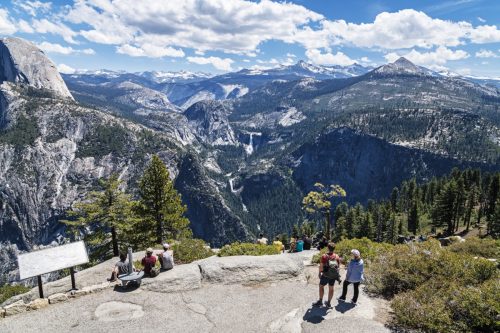
Restrictions will remain in place “until rescinded or superseded,” the July 15 announcement states. And despite the current conditions at the park, certain fire regulations are always in place, and you should be aware of them before your visit.
Fires must always be monitored and completely extinguished, and may only be lit in grates, grills, existing fire rings, stoves, and barbecue grills. Visitors are not permitted to burn giant sequoia material, and fireworks are never allowed inside the park. There are additional restrictions for campfires depending on where you are in the park, but no matter what the restrictions, you are always permitted to use portable stoves using pressurized gas, liquid fuel, propane, or alcohol.
Smoking, on the other hand, is always prohibited in public buildings, public areas of concessions, restrooms, within 25 feet of any public building, and while traveling on trails. However, you can smoke if you stop and remain in one location until the smoking material is extinguished.